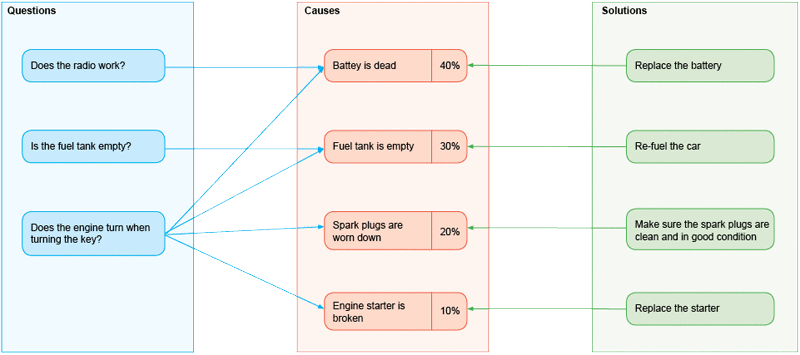Basically we describe a problem and its solution via three components:
Technology
Decision-theoretic troubleshooting can be seen as an exact science for “detection.” However, at the core of decision theoretic troubleshooting is not only the goal of arriving at the true diagnosis but also a desire to do so as efficiently as possible.


Software based on decision theory often gives advice to humans in certain contexts or automates task that is normally carried out manually. We typically create the system as a synthesis between human expert knowledge and the enormous computational power of a modern computer.
This fusion is enabled by an underlying mathematical causal model, and if this model is sound, the resulting system can potentially reason far better than any human.
Causes of the problem,
Observations which may narrow down the potential causes
Repair actions which we may perform to fix the problem.
For each observation or action, we also associate a cost which describes the resources required to make the observation or perform the action. As a final component, the model describes the probabilistic relationship of the domain via some form of a probabilistic model over causes, observations, and actions.
In Dezide, that model is Bayesian Belief Networks.
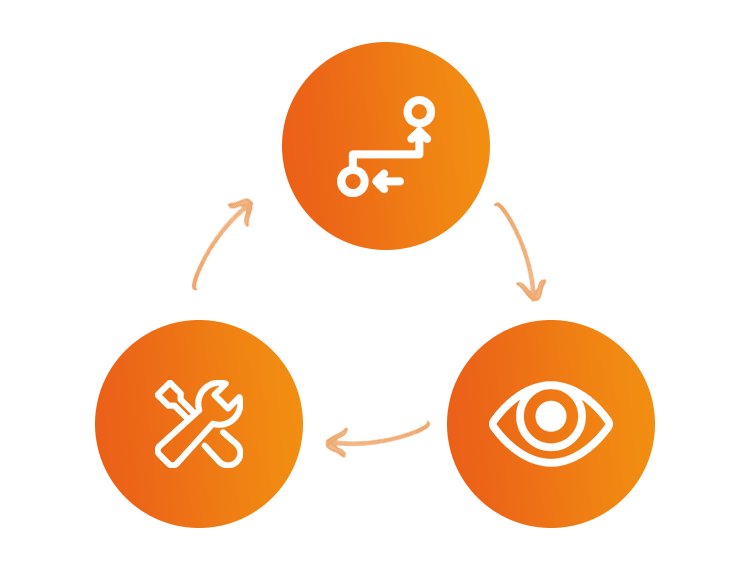
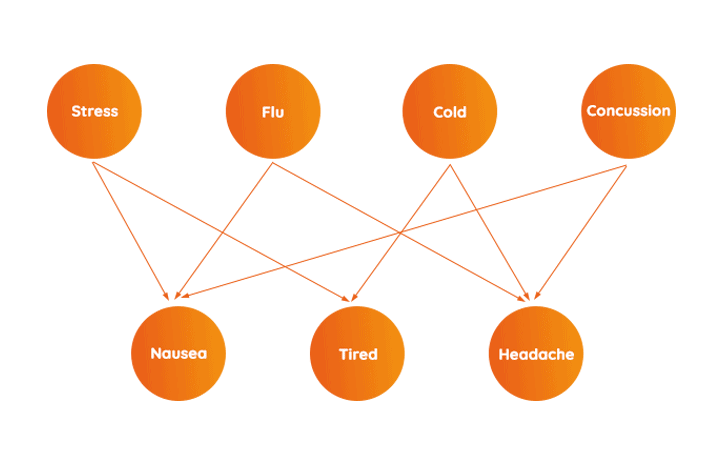
Bayesian Networks
Dezide Advisor is based on Bayesian networks, an artificial intelligence technology. Our software is self-learning and self-optimizing as well as highly scalable, intuitive and efficient. The entire Dezide technology is based on a Bayesian network powered causal Decision Engine, protected by 8 patents and proprietary know-how developed over 20 years.
Standard bayesian networks are difficult to construct and non-scalable. Through breakthrough inventions, Dezide has broken these constraints and created a technology that is highly scalable, making it very easy to build and manage the knowledge base. Our tools require no knowledge of Bayesian Networks, so any subject matter expert can quickly learn how to use the Dezide tools.
A Bayesian network consists of a number of events that may be observed, and at any time a calculation can be made to find the probabilities of the non-observed events based on the available information. As opposed to ad-hoc technologies such as fuzzy, rule-based and case-based reasoning systems, Bayesian networks are mathematically proven to be correct – even in very complex situations. A Bayesian network is the best available technology for handling very complex decision scenarios.
As opposed to other AI technologies such as neural networks/machine learning, fuzzy systems, and case-based reasoning, Bayesian networks provide a theoretically sound approach that scales well with the amount of information unaffected by some of the information being uncertain or conflicting. Most other methods are based on ad hoc computational algorithms that break down when the complexity or uncertainty increases.
How does Dezide use bayesian networks?
The Dezide decision engine executes BBN models in a highly efficient manner, finding an optimal sequence of steps balancing belief of the step being helpful with its cost. Taking many factors into account, the Dezide engine produces a sequence of solution-oriented and/or information-gathering steps.
The engine executes BBN representations of specific decision support problems and the BBN representations are highly parameterizable for different audiences and applications, and easy to integrate into other processes and systems. Therefore, the Dezide engine can be used in interactive, semi-automated and completely automated settings. Further, parameterization can facilitate highly personalized decision support experiences, tailoring the service to the users’ preferences for
risk, level of sophistication, prior knowledge of the domain, and contextual need for the decision.
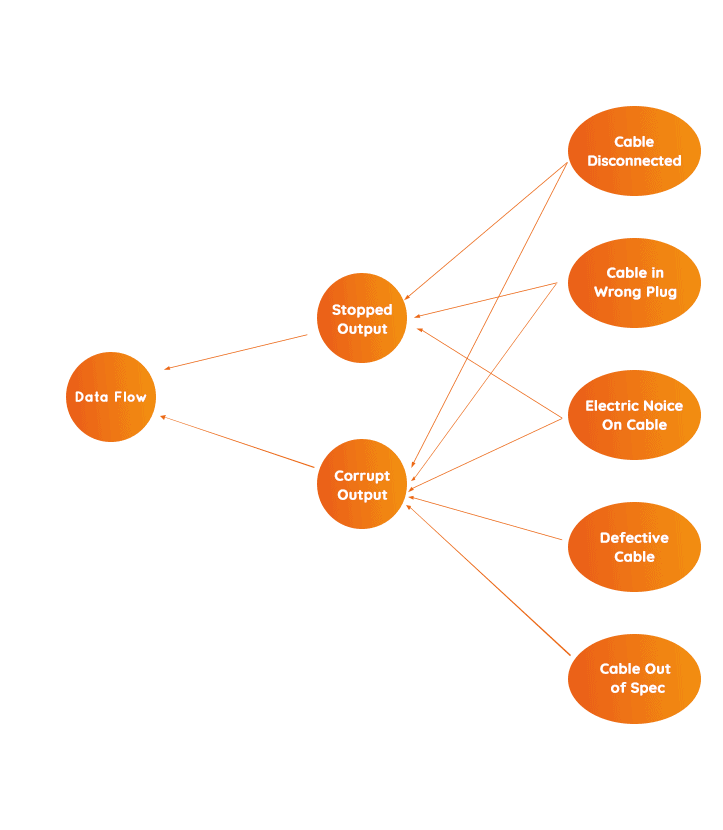
Bayesian troubleshooting guides
Dezide has its own concept based on bayesian networks for capturing expert knowledge. The concept builds on the following three central elements that are used for building intelligent troubleshooting guides:
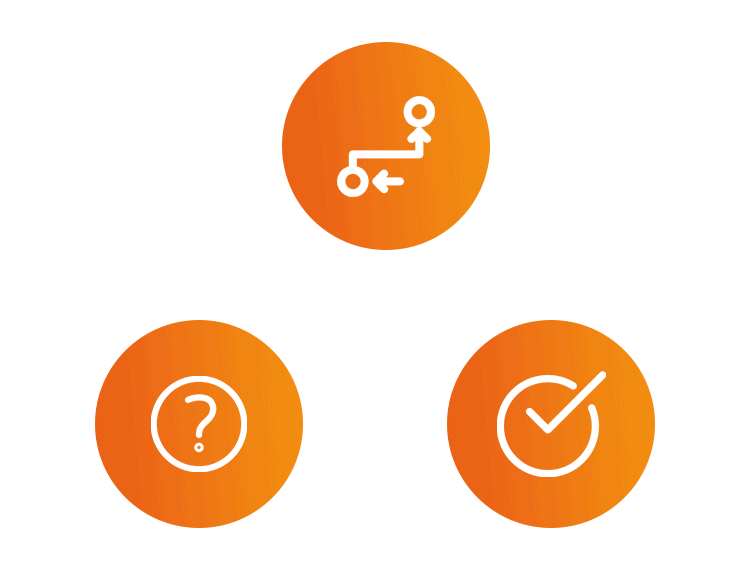
Causes
The root causes is a specific item that is known to be an actual cause of the problem. A cause can be anything from “the device isn’t turned on” to “ component X failed on board Y.” The depth of causes will depend on who the intended audience is and what level of detail is needed
Solutions
A solution is a specific task known to solve a cause. A solution is any corrective step taken within the troubleshooting process that requires performing an actual task
Questions
Questions are observations used to identify, remove or clarify causes and play a very integral part in any complex troubleshooting situation. In complex guides that contain a wide range of causes, questions can help zero in on the solution that needs to be performed to solve the problem
We use “Symptom Questions” for identifying an effect created or induced by the causes and for revealing if something is broken, malfunctioning or showing signs of abnormality.
Ex: “‘Is oil leaking from the gearbox?”
We use “Configuration Questions” to represent the context of the guide which affects the causes of a guide by inherent, external properties as they govern how likely causes are in a certain situation or environment.
Ex: “How many hours has the machine been operating?”
Causes, solutions, and questions are linked to form a troubleshooting guide. It is easy to build even large troubleshooting guides and the guide building process can be learned in a few days
The underlying Bayesian network is used to provide an inexperienced user with expert guidance on how to resolve a complex problem or reach a diagnosis. The Bayesian Network will continually be recalculated to find the best next question to ask or the best next solution to try out. When the user responds, the answer will be inserted as evidence into the Bayesian network – which will become more knowledgeable about the situation. The technology behind Dezide Advisor guarantees that the optimal sequence with the fewest number of troubleshooting steps will be found.
Dezide Advisor can be perceived as a dynamic, self-adapting decision tree that keeps learning over time. Traditional decision trees are static simple structures that don’t adapt to the situation and learn over time.
Traditional decision tree approaches requires the user to answer all questions, but Dezide Advisor allows you skip a question or solution at any time if you are unable to answer. In this case Dezide will just try another approach at finding the optimal path to a solution.


